German Spitz - Keeshond
The Keeshond (pronounced KAYZ-hawnd) is a medium-sized spitz dog that has a foxy face, pointed ears, an abundant coat, and a massive, plumed tail carried high over the back. This dog is famous for the „spectacles“ on his face.
Shading and markings around the dog's eyes look like Keeshond is wearing eyewear. The Keeshond was known for years as the „Dutch Barge Dog“ as he was a companion and guardian on barges and small Holland boats.

Height:
17-18 in (43-45 cm)

Weight:
35-46 lb (16-21 kg)

Origin:
Germany

Life Expectancy:
12-15 years
Dog Breed Characteristics
This is a spitz-type, compact dog. The dog’s head is nicely in proportion with the rest of his body. The muzzle is short and dark, the nose is always black in color, and the eyes are almond-shaped. The Keeshond’s ears are small and dark, positioned upright on the dog’s head.
They have a strong jaws with a perfect scissor bite. The tail is moderately long and set high. The whole body is covered in thick, dense hair.
Male dogs stand 18 inches (45 cm) tall, and female ones are a bit smaller and usually reach 17 inches (43 cm) at the shoulder. Male dogs usually weigh 35-46 lb (16-21 kg). Females weigh approximately 35 lb (16 kg).
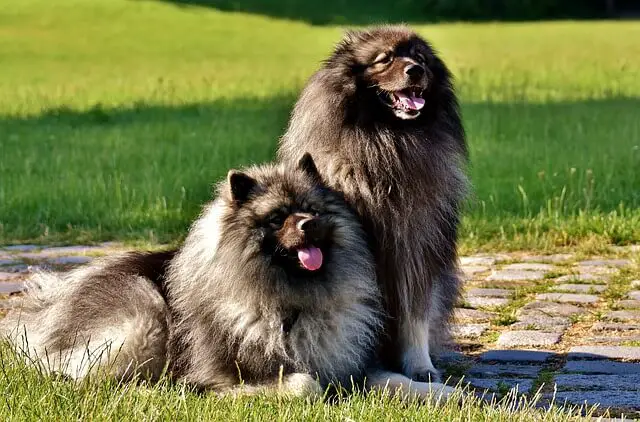
Grooming
Keeshonds have a thick, abundant, harsh textured double coat that is tricky to keep in good order. Daily brushing is recommended to prevent tangles and mats from creating. Regular brushing will also keep shedding to a minimum. They don’t need to be trimmed.
The only trimming the Keeshond needs is around the feet, pads, and hocks. The coat is medium-length and extremely waterproof. The adult coat comes in when the dog is between 18 months and 2 years old.
Never shave Keeshond’s coat! The coat insulates heat and cold. In summer, the coat keeps Keeshond cool and protects him from sunburn.
The coat color is a combination of cream, black, and gray.
Care
Except for regular brushing, the Keeshond also requires at least monthly nail trimming (if the dog doesn’t wear off the nails himself). Check the dog’s ears and clean them when necessary. Unclean ears (wax build-ups and debris) can cause a painful ear infection.
Brush your Keeshond’s teeth at least two times a week to remove tartar buildup, prevent gum disease and bad breath.
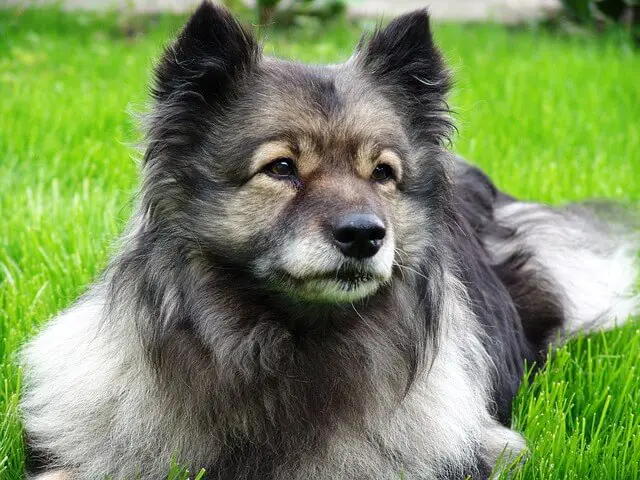
Personality
The Keeshond is outgoing and friendly. This dog is also extremely devoted and loyal. Because of his cheerful temperament, this dog is often called the Smiling Dutchman. Since the breed’s beginnings, this dog was a companion dog and was created to be a part of a family.
The Keeshond loves children and also gets along with other dogs and pets if he is introduced to them at a young age.
Keeshond is likely to suffer from separation anxiety. If left alone, with no contact with his family, this dog will become bored and destructive and will start barking intensively.
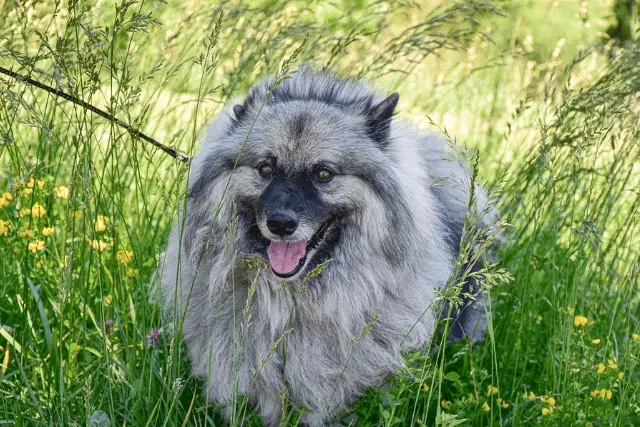
Barking
The Keeshond is a barker! These dogs are known for their loud barks. Although they are extremely friendly (even to strangers) and aren’t supposed to be guard dogs, their bark may scare away potential intruders. He is alert, and that makes him a great watchdog.
Nothing and no one will go by the Keeshond unnoticed. It is important to teach your dog to stop barking on command.
Exercise needs
The Keeshond doesn’t require a great deal of exercise. He will be satisfied with a couple of moderate walks throughout the day or playtime in the yard. This dog also likes to be able to roam around a back garden as often as possible. These traits make this dog suited to live in small spaces.
Keeshond’s exercise must include a lot of mental stimulation for them to be truly happy.
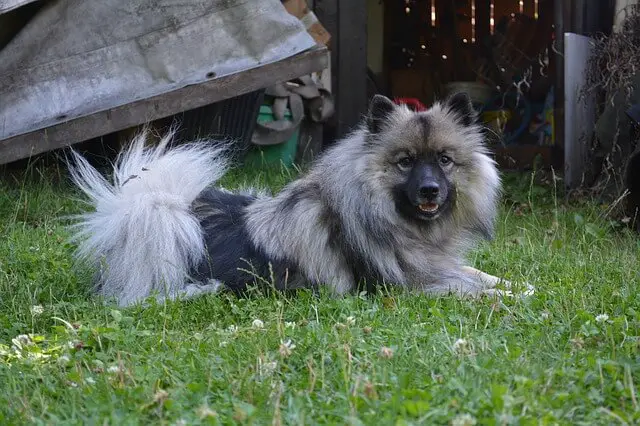
Training a Keeshond
Keeshond is smart and relatively easy to train, but he can sometimes be stubborn. If that’s the case, just be persistent and patient. Keep training sessions short and interesting, considering that this dog is easily bored by repetition. Start training your Keeshond as a puppy between 10 and 14 weeks.
Always use positive reinforcement, such as praise and food rewards. As all dogs do, the Keeshond also needs early socialization and exposure to different sounds, sights, and people to grow up into a well-rounded dog.
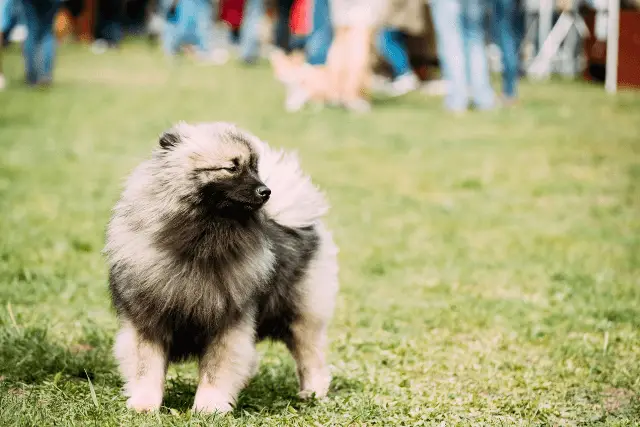
Health problems
The Keeshond has a lifespan of 12-15 years. This breed is relatively healthy; however, there are a few health issues the breed is prone to.
These health issues are
- hip dysplasia,
- hypothyroidism,
- patellar luxation (a dislocated kneecap),
- diabetes mellitus (when the dog’s body cannot regulate blood sugar levels),
- Von Willebrand's disease (a blood disorder that affects the clotting process),
- Addison’s disease (when a dog’s body does not produce enough adrenal hormones),
- Progressive Retinal Atrophy (an eye disease that causes gradual deterioration of the retina),
- cataracts,
- epilepsy, etc.
Keeshond breeders
The Keeshond puppy costs between $800 and USD 1000.
World Dog Finder team

Updated at31.08.2023.
Breed History
The Keeshond is thought to have been developed in the Arctic regions during the 18th century, and the breed was further developed in Holland. During political unrest, the Keeshond became a symbol of Dutch Patriotism. At that time, Holland was divided into two factions - the Patriots Party in its long opposition to the royal House of Orange.
The leader of the patriots, Cornelius de Gyselaer, had s spitz-type dog named Kees. De Gyselaer's followers were referred to as Keezen by the opposing party. This eventually made the Keeshund very popular in Holland.
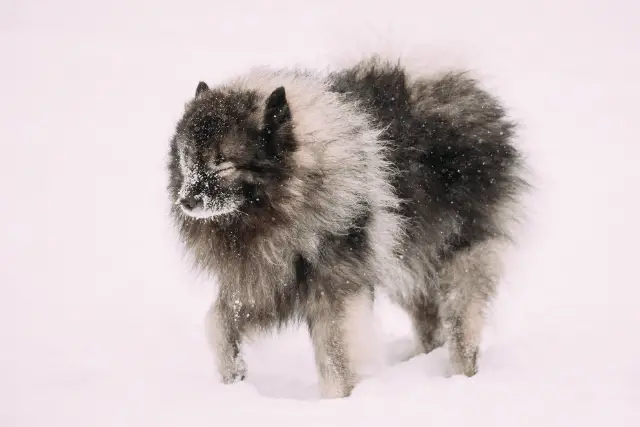
FUN FACT: The Keeshond is now considered the national dog of the Netherlands.
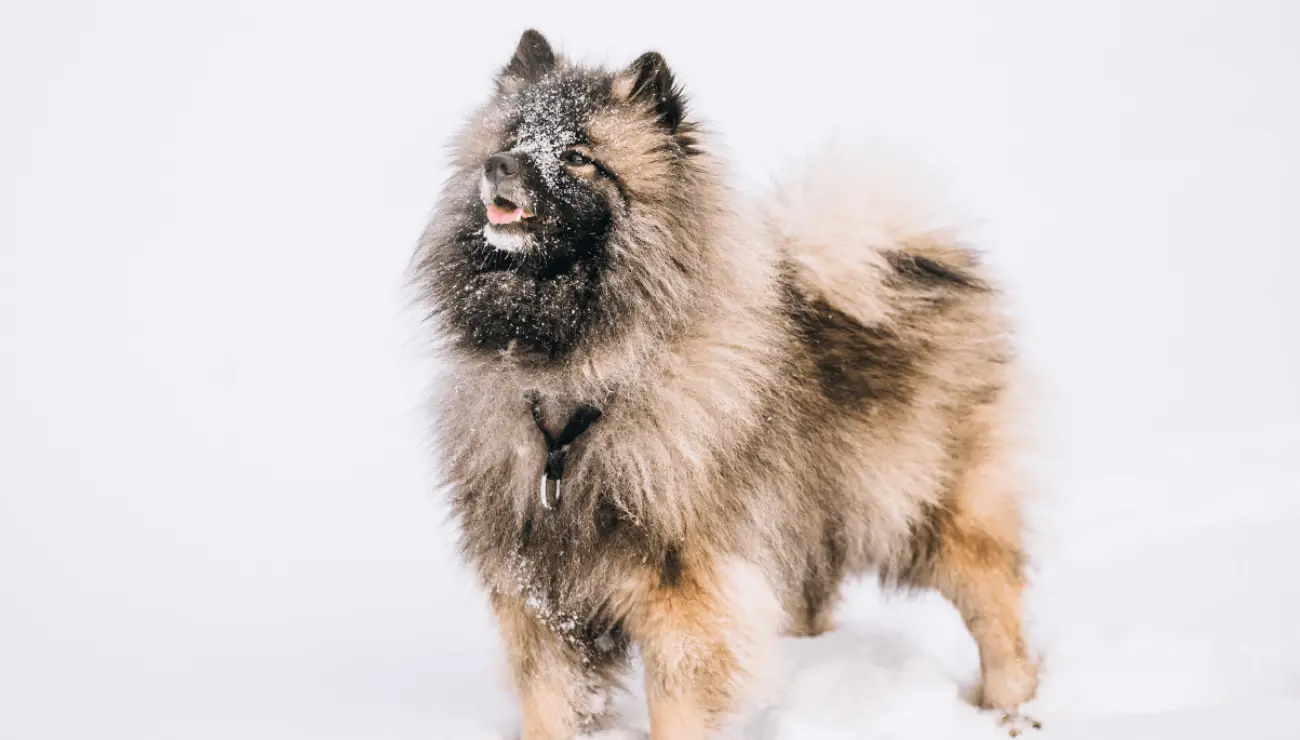
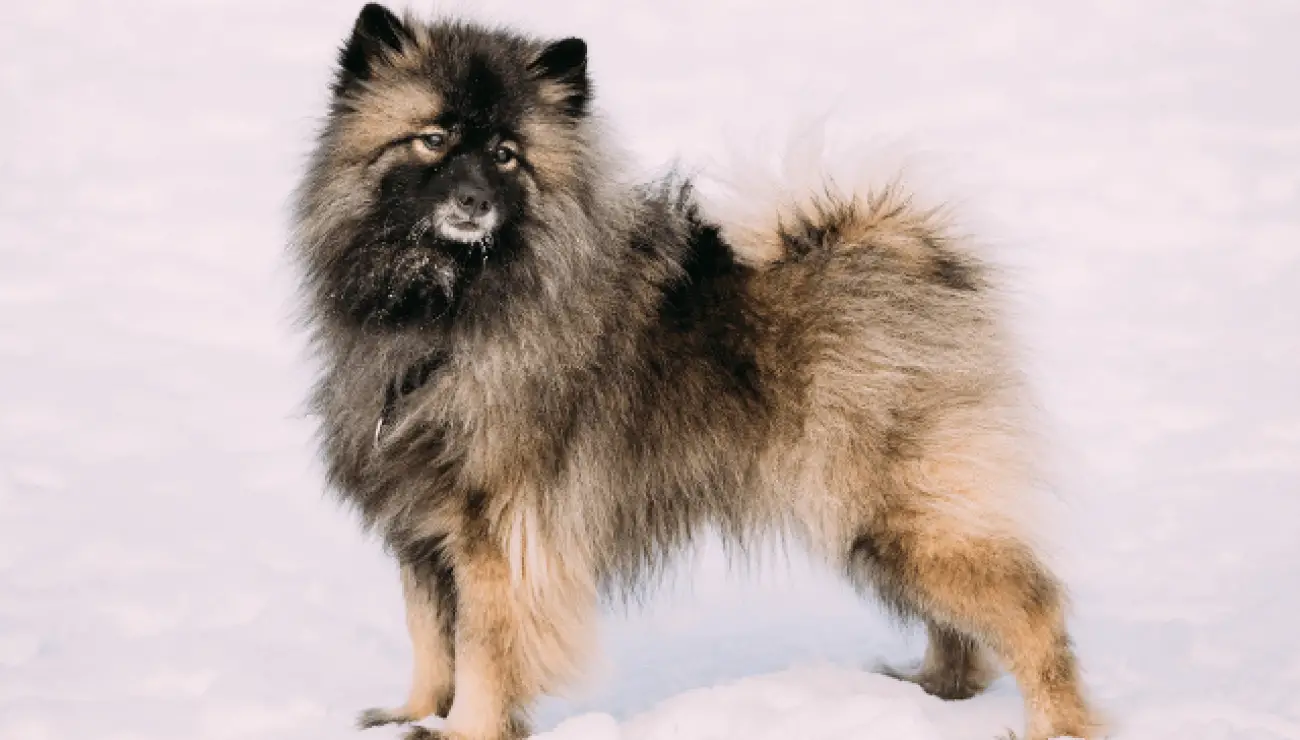
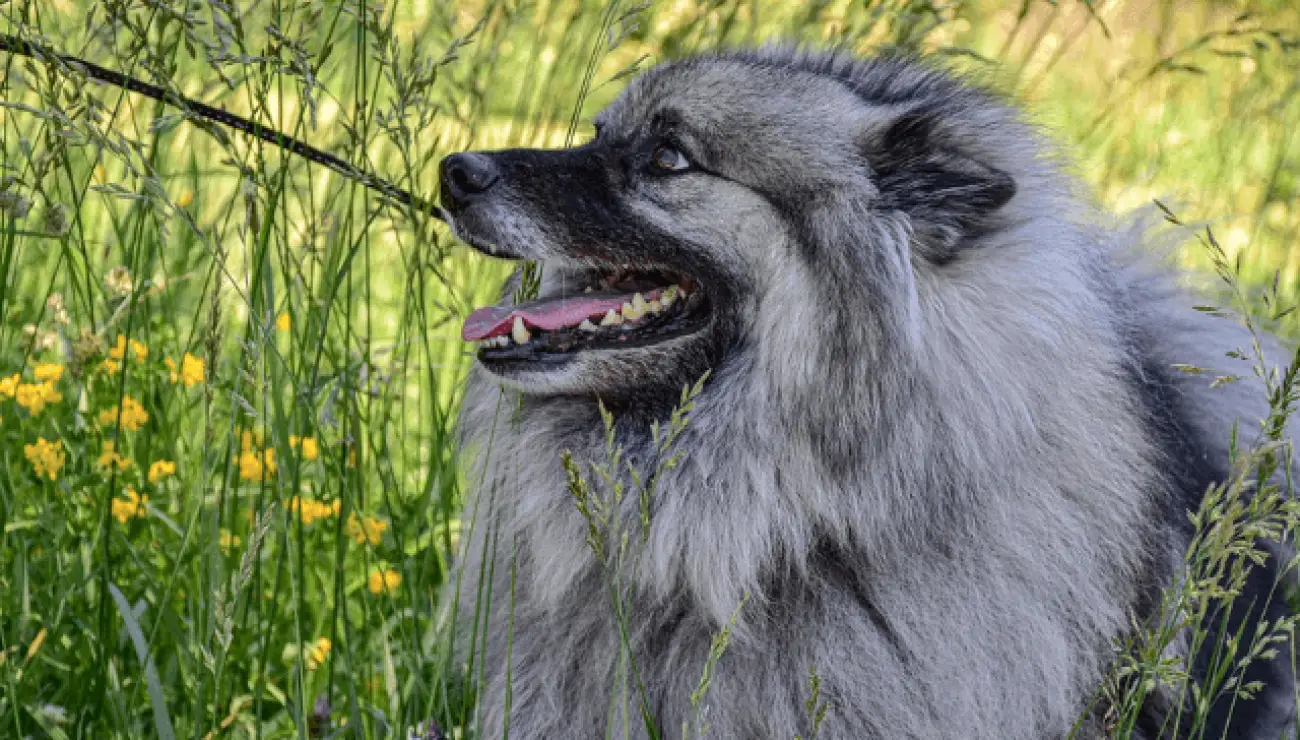
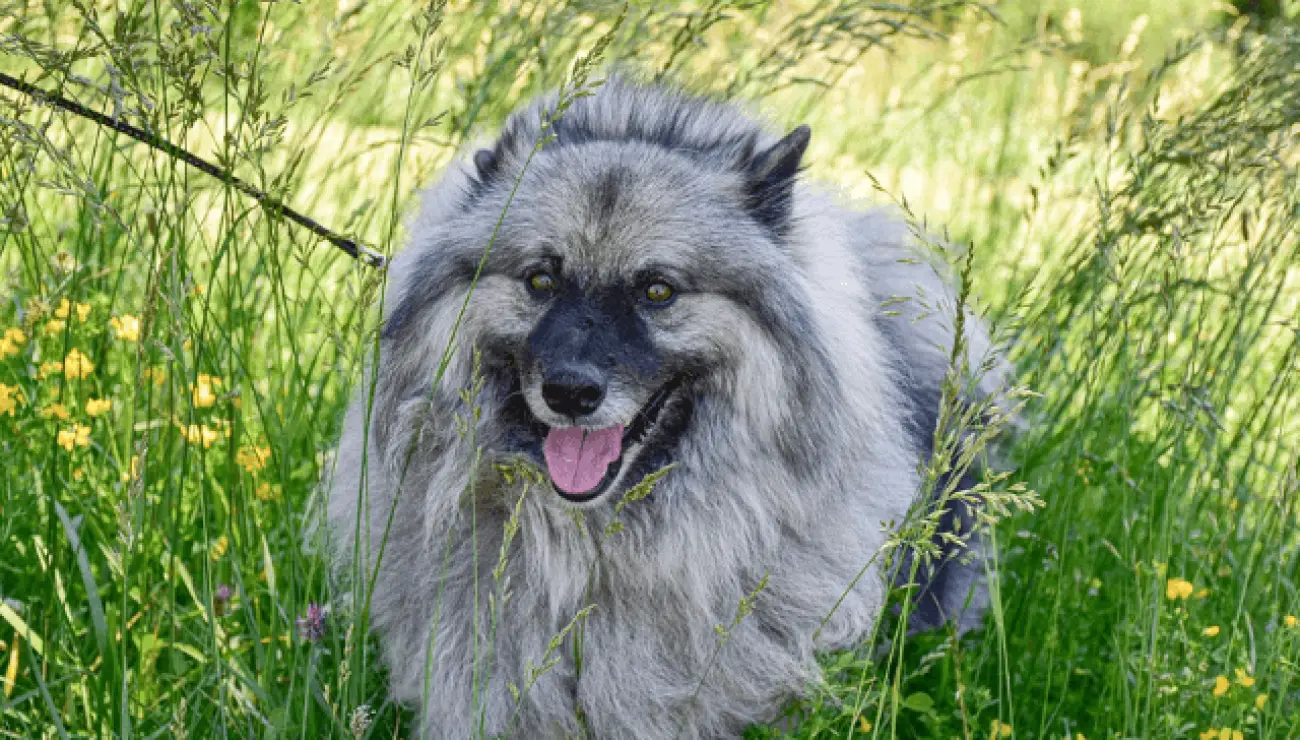
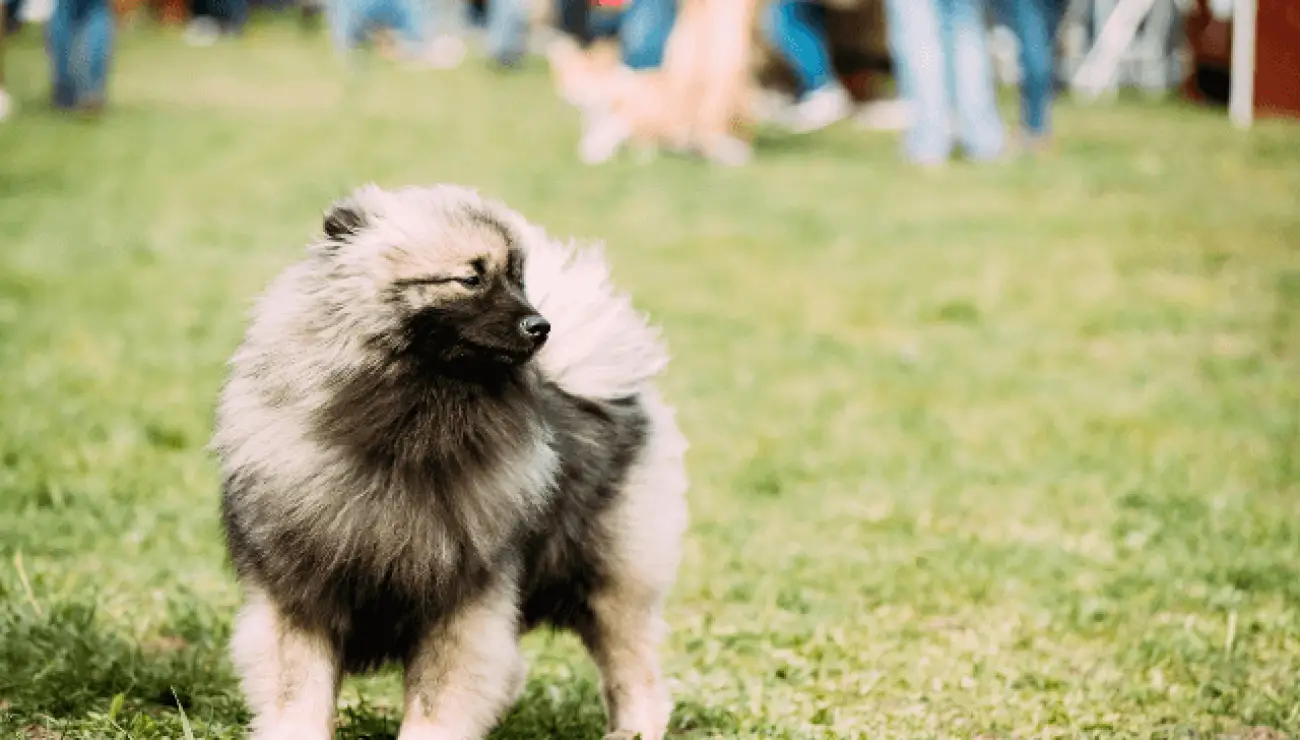
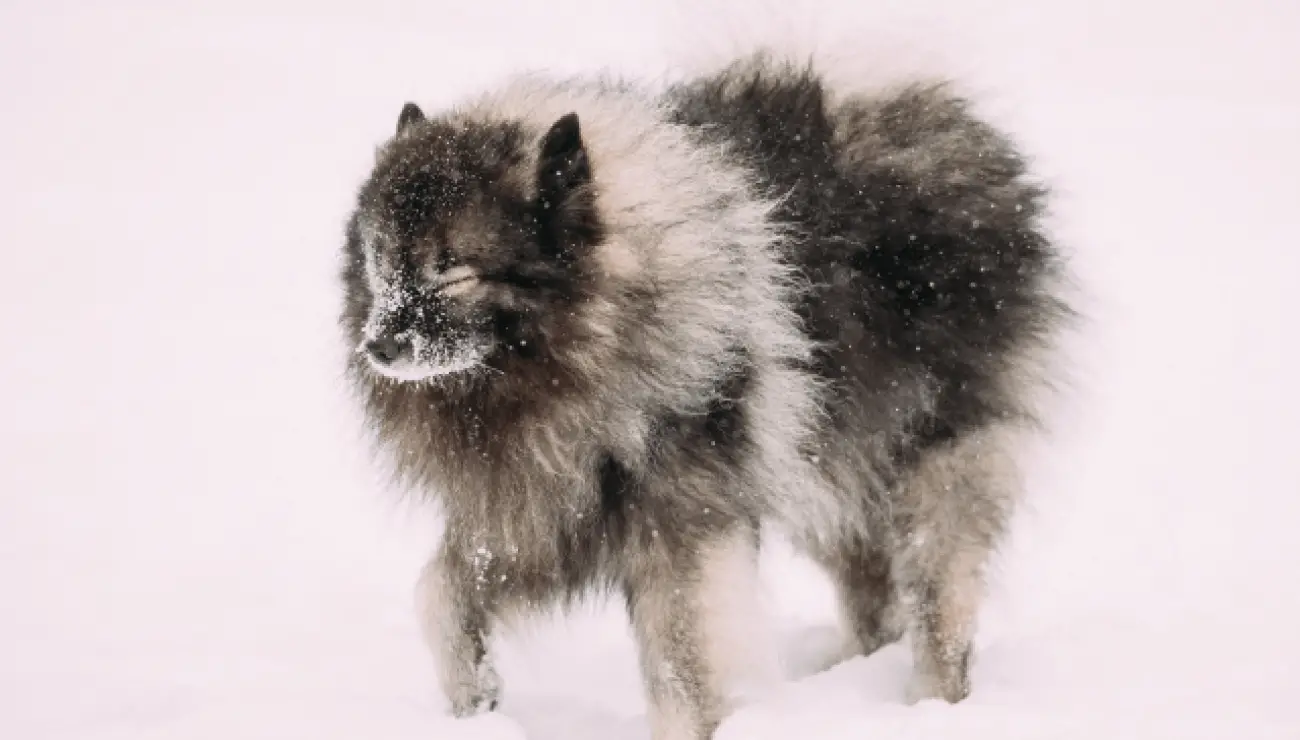
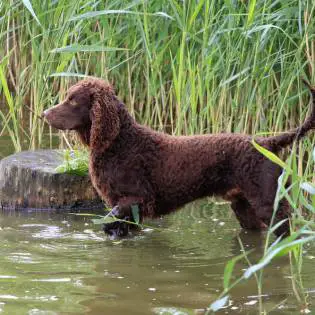
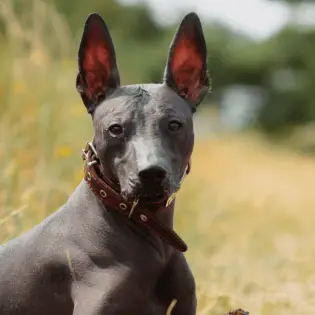
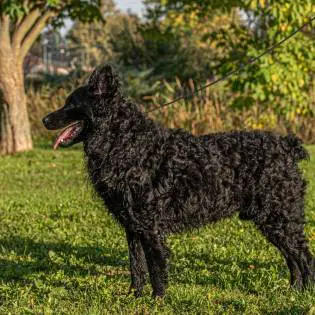
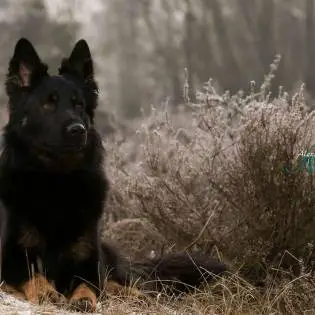
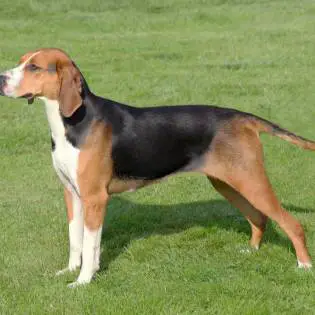
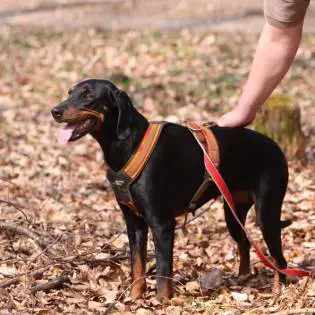
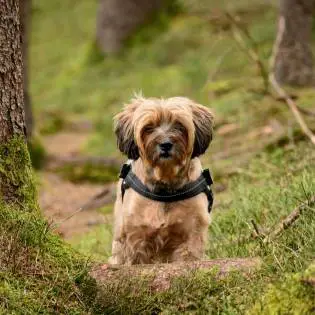
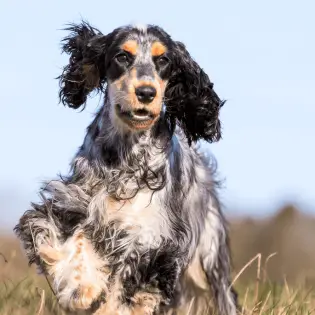
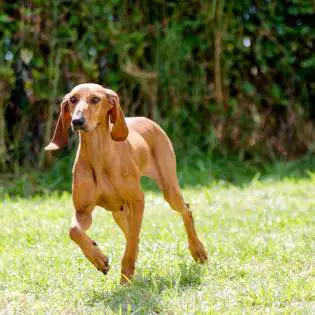
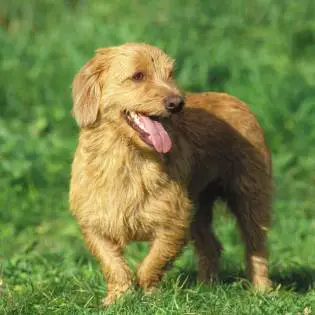

Share